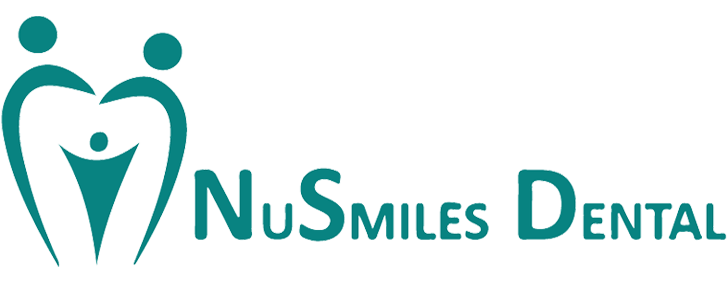Extractions
- Extractions
- Why You May Need A Tooth Removed
- Two Types Of Extractions
- Aftercare
Extractions
Why You May Need A Tooth Removed
- Decay has reached deep into the tooth
- Infection has destroyed the tooth or surrounding bone
- There isn’t enough room for all the teeth in your mouth
- Baby teeth don’t fall out in time for the adult teeth to come in
- Wisdom teeth are often extracted before or after they come in
Two Types Of Extractions
This extraction is on a tooth that can be seen in the mouth.
For a simple extraction, the dentist loosens the tooth and uses forceps to remove the tooth.
A surgical extraction is more complex than a simple extraction.
Surgical extractions happen when a tooth may have broken off at the gum line or if it has not erupted into the mouth.
The dentist will make a small incision into the gum to surgically remove the tooth.
Aftercare
Tooth Extractions
Your teeth are meant to last a lifetime. However, sometimes people find themselves in situations where tooth removal is the only option. While this procedure is common and relatively straightforward, it is important that patients are made aware of what this procedure entails.
Tooth Extractions in Melbourne
As noted previously, this procedure is very common. As such, most dentists in Melbourne will offer tooth removals. However, the complexity of this operation can differ between patients; it has the potential to involve a number of different services. The Australian Dentists Clinic – Melbourne CBD offers advice and expertise that allows it to coordinate and conduct a variety of extraction procedures as required by patients.
Prices for Tooth Extractions
A survey conducted by the Australian Dental Association has found that the average cost of removing a tooth is $185. Prices range from $135 to $295.
For people with private health insurance, the survey indicates that insurers tend to cover 50 to 100% of the cost, with an average rebate of $150. Private health insurers should be contacted to determine the rebate for Tooth Extractions.
Tooth Extraction Procedures
There are three different types of tooth removals. The procedure conducted is dependent upon the tooth in need of extraction. Before each of these procedures, a patient will be in constant contact with their dentist to provide:
- X-rays
- Medical history
- Information about existing conditions
Simple extraction
This is the most common form of tooth removal. This is because it involves the extraction of visible teeth. Here, the dentist will use a local anaesthetic and remove the tooth in one piece with the aid of forceps.
FAQs for Tooth Removal Procedures
This depends. If the dentist uses a local anaesthetic (an injection into the site where the tooth will be removed from), then yes. If a general anaesthetic is used, then no. Patients undergoing surgery involving sedation will require someone to drive them home.
It varies. The worst of the swelling usually passes by the second day but it can continue for a week or so. Icepacks and warm compresses should be used to try and reduce swelling.
No. Gentle rinses with salted water are strongly advised. Mouthwashes should be avoided.
Yes. This procedure is generally safe for children. However, each person is different and the specifics of a child’s case should be discussed with a dentist prior to organising a procedure. It is important to note that removing a baby tooth may be unnecessary based on the fact that it will eventually fall out and be replaced by a permanent version.
Generally, a few hours. As such, patients should be wary of accidently chewing on their tongue or cheek in the immediate aftermath of the surgery as they may not be able to feel this pain.
Rest is most ideal. However, a healthy diet and vitamin C supplements can help significantly.
Enhance Your Smile
At NuSmiles Dental


